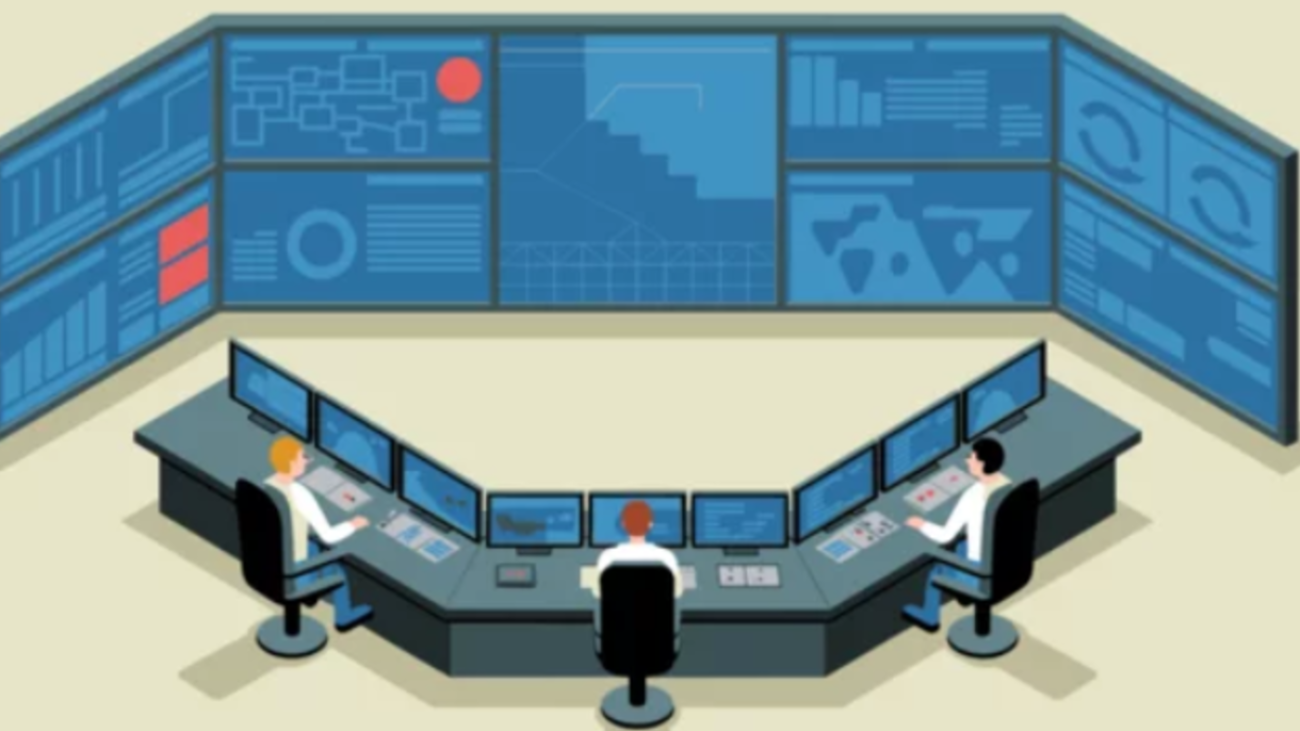Introduction.
In today’s digital world, cyberattacks have become increasingly sophisticated, targeting organizations of all sizes across every industry. Behind many of these attacks lies a hidden mechanism that enables hackers to control compromised systems remotely, orchestrate malicious activities, and extract valuable information without immediate detection. This mechanism is known as Command and Control (C2), and it serves as the central nervous system of modern cyber threats. Understanding C2 is essential for anyone looking to strengthen their cybersecurity posture, as it represents the point at which attackers maintain influence over their targets.
C2 is not a single tool or program; rather, it is a strategy and infrastructure that allows attackers to communicate with infected devices, issue commands, deploy additional malware, and move laterally within a network. Without C2, many attacks would fail to escalate beyond initial infection. In essence, C2 enables hackers to turn a single vulnerability into a fully operational foothold, capable of extracting sensitive data, disrupting operations, or establishing persistence for future exploitation.
Hackers leverage C2 to remain stealthy while executing their objectives. This control can be maintained through various channels, such as encrypted network connections, peer-to-peer networks, or compromised cloud services. Over time, attackers have evolved their C2 techniques to evade detection by traditional security tools, often blending malicious traffic with legitimate network activity. Understanding these tactics is crucial for security professionals who aim to detect, isolate, and neutralize threats before they can cause significant damage.

Beyond technical mechanisms, the concept of C2 highlights the strategic mindset of attackers. Every command sent through a C2 channel represents careful planning, reconnaissance, and adaptation to the target environment. By studying C2 operations, cybersecurity teams gain insight into attacker behavior, patterns, and the potential next moves within an attack lifecycle. This intelligence is invaluable in building defenses that are proactive rather than reactive.
Moreover, the rise of advanced persistent threats (APTs) has emphasized the importance of C2 in long-term, targeted campaigns. APT actors rely on robust C2 channels to maintain ongoing access to critical systems over months or even years, quietly exfiltrating data and undermining organizational security. The resilience and sophistication of these channels make them one of the most challenging aspects of defending against cybercrime.
In this blog, we will explore what Command and Control (C2) is, how attackers use it to maintain influence over compromised systems, the latest techniques and trends in C2 operations, and strategies organizations can implement to detect and disrupt these malicious activities. By understanding the inner workings of C2, businesses, IT professionals, and cybersecurity enthusiasts can better prepare to defend against one of the most critical components of modern cyberattacks.
Section 1: Understanding Command and Control (C2)
- Define C2 in simple terms: the communication channel attackers use to control compromised systems.
- Explain typical C2 infrastructure: servers, protocols, and channels.
- Include examples of malware that use C2 (e.g., botnets, ransomware).
Section 2: How Hackers Use C2
- Remote control of infected machines.
- Deployment of additional malware or tools.
- Data theft or manipulation.
- Maintaining persistence while avoiding detection.
Section 3: C2 Techniques and Trends
- Common methods: HTTP/S, DNS tunneling, peer-to-peer networks.
- Emerging trends: AI-driven attacks, encrypted or decentralized C2.
- Real-world examples of advanced C2 campaigns.
Section 4: Detecting and Disrupting C2
- Network monitoring for unusual traffic patterns.
- Endpoint detection and response (EDR) tools.
- Threat intelligence and proactive threat hunting.
- Incident response strategies once C2 activity is detected.
Conclusion:
- Emphasize that C2 is the “nerve center” of an attack.
- Encourage organizations to prioritize C2 detection to break the attack chain early.
- End with a call-to-action: continuous monitoring, employee awareness, and strong cybersecurity hygiene.

